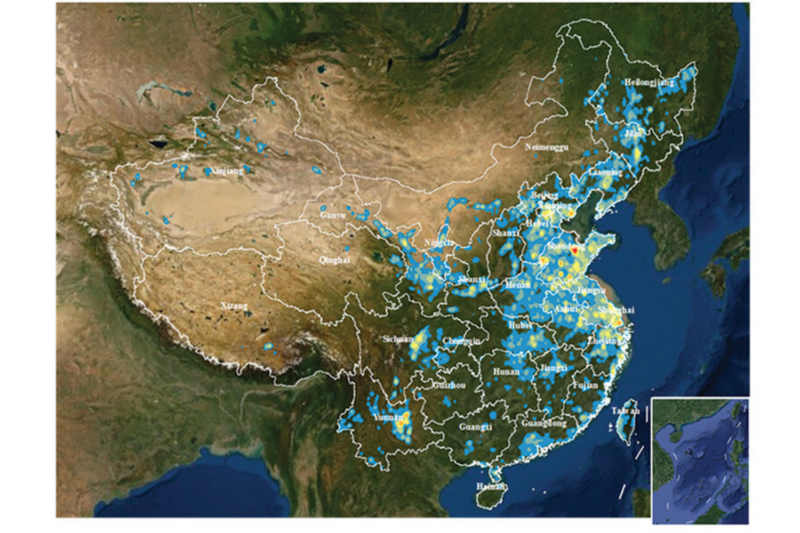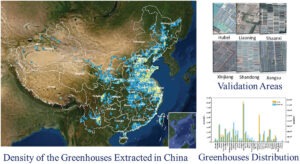Eyes in the sky: How China’s advanced earth observation system shapes global progress


China’s Earth Observation (EO) System has seen significant progress, evolving into a sophisticated network of satellites supporting various global applications. This system, vital for sustainable development, promises further advancements with new technologies enhancing its capabilities.
China’s EO journey began with the launch of its first satellite, DFH-1, in 1970, followed by the first recoverable remote sensing satellite in 1975. The country has since developed a comprehensive EO system with a focus on peaceful use, scientific innovation, economic contribution, and global sustainable development. The system comprises various satellite series for meteorological, oceanic, and terrestrial observations, utilizing advanced remote sensing technologies.
A comprehensive review of China’s Earth Observation (EO) system, its missions, applications, and future directions has been published in the Geo-spatial Information Science journal. The paper, led by Professor Deren Li from Wuhan University, outlines the significant strides China has made in EO technology since the 1970s, contributing to economic growth and sustainable development.

Credit: Geo-spatial Information Science
The paper meticulously traces the evolution of China’s Earth Observation (EO) system, from its nascent stages in the 1970s to its current status as a global leader in remote sensing. Initially focusing on meteorological satellites, the program expanded to include diverse satellite series that cover meteorological, oceanic, and terrestrial observations. The recent integration of over 200 satellites into China’s EO network has solidified its capabilities in real-time global surveillance and data collection. This extensive network utilizes a range of remote sensing technologies such as synthetic-aperture radar, hyperspectral imaging, and infrared sensors to provide invaluable data across various sectors. Significantly, the research highlights the transition from experimental applications to operational services, emphasizing the active role of private enterprises in the commercialization of satellite data. This shift has not only fueled technological advancements but also diversified the applications of the EO system.
Professor Deren Li of Wuhan University notes, “China’s EO system is not just a technological achievement but a cornerstone of our commitment to sustainable development and international cooperation in environmental monitoring and disaster management.”
The EO system’s applications are vast, ranging from improving agricultural practices through precise weather data, aiding disaster response strategies, to enhancing urban planning processes. The system’s development has been pivotal in advancing China’s capabilities in global environmental monitoring and disaster response.